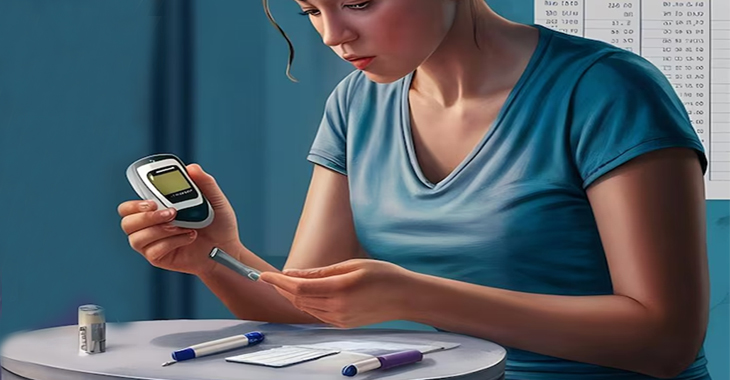
A novel artificial intelligence (AI)-powered method for determining the risk of type 1 diabetes (T1D) has been developed by Australian researchers.
Researchers at Western Sydney University created the technology, which forecasts treatment outcomes and could alter the way the illness is identified and treated.
The technology uses a novel risk assessment called the Dynamic Risk assessment (DRS4C) to determine if a person has type 1 diabetes or not.
It uses microRNAs, which are tiny RNA molecules extracted from blood, to help precisely detect the fluctuating risk of type 1 diabetes.
With the recognition and availability of medicines that can slow the progression of T1D, T1D risk prediction is timely. Accurately predicting progression gives physicians a powerful tool to intervene sooner because early-onset T1D before the age of 10 is particularly aggressive and linked to a reduced life expectancy of up to 16 years,” said Professor Anand Hardikar, lead investigator from the University’s School of Medicine and Translational Health Research Institute.
The researchers created DRS4C by analyzing molecular data from 5,983 study samples from participants in India, Australia, Canada, Denmark, Hong Kong, New Zealand, and the US, according to their paper published in the journal Nature Medicine.
The risk score was improved by the researchers using AI, and 662 additional volunteers confirmed this improvement. The risk score indicated which T1D patients will continue to be insulin-free within one hour following treatment.
Apart from predicting treatment efficacy and T1D risk, the risk score may also be able to distinguish between Type 2 diabetes and T1D.
Lead researcher Dr. Mugdha Joglekar of the University’s School of Medicine and Translational Health Research Institute clarified the distinction between genetic and dynamic risk markers, pointing out that genetic testing provided a static perspective of risk.
“Genetic markers identify lifelong risk, it’s like knowing you live in a flood zone, but dynamic risk scores offer a real-time check on the rising water levels; it reflects current risk rather than a lifelong sentence, allowing for timely and adaptive monitoring without stigma,” Joglekar said.


Leave a Reply